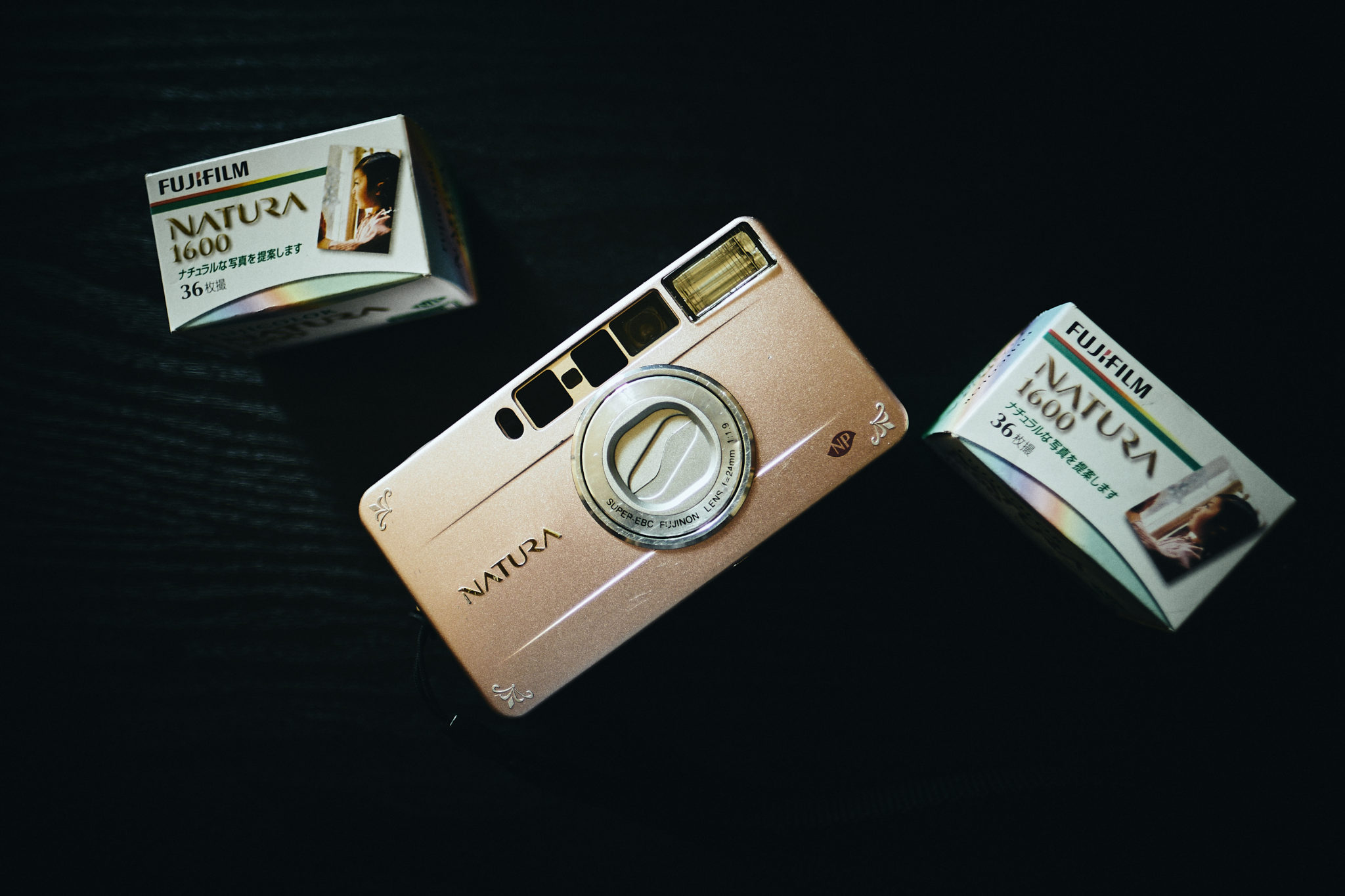Last Updated on 03/04/2019 by Mark Beckenbach
Photographers could be better off printing their work on Fujifilm papers instead of pining for lost emulsions and rising film prices.
In light of the recent news that Fujifilm is hiking up prices for photographic films and photographic papers, the film photography community continues to lament the company’s dwindling support for its film products. Could this be a good time for photographers to start printing their work (if they haven’t done so yet) on the company’s photo papers instead? In case you missed the official Fujifilm announcement, photographic films will have at least 30% increase in price, while photographic papers will see a double-digit percentage increase effective April 2019. This, they said, is a response to the company’s previous efforts to absorb the rising cost of raw materials and logistics.
“Fujifilm will continue to study the market demand, and make adjustments to product assortment as dictated by our customers and market conditions,” the announcement concluded.
This news doesn’t come as a complete surprise for many, as Fujifilm has consistently made it clear that its focus is now on the hugely popular X Series lineup of digital cameras. As for its film photography offerings, it’s the Instax cameras and films that continue to bring in the money. While there’s definitely still a demand for its photographic emulsions, Fujifilm doesn’t seem to find it as profitable as the product lines previously mentioned.
Why should you consider printing on Fujifilm’s photographic papers instead, if it’s among the items that will be slapped with the price increase? We see two main reasons.
First, the company remains one of the biggest suppliers of high-quality, professional photographic paper across the globe. For that reason alone, it’s safe to say that its varied selection of papers won’t be going away anytime soon.
Second, printing (whether darkroom or digital) remains a new experience for most photographers today, even for those who shoot exclusively with film. Professionals still do it, so there’s no reason why you should keep your best work confined to social media posts or an online portfolio. Prints give your photos added dimensions and help you see them in a different light and in great detail when printed large. That said, Fujifilm’s roster of available photographic papers are still among today’s best tools to get started with the craft of printing.
So, maybe it’s time to stop pining over Fujifilm’s disregard for its photographic emulsions. Grab what films are available, and see what you can do with the company’s selection of photographic papers. Remember, you can still get your films from other independent companies and groups that continue to keep the precious rolls available. But when it comes to elevating your work into a tangible art form, Fujifilm remains one of your best options for getting your work on print.




